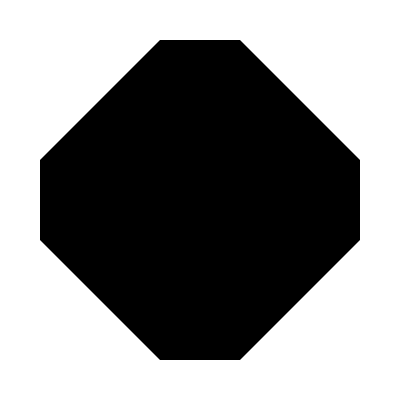/* PolygonClip.c
=============
Author: R.J.Barnes
Copyright (c) 2012 The Johns Hopkins University/Applied Physics Laboratory
This file is part of the Radar Software Toolkit (RST).
RST is free software: you can redistribute it and/or modify
it under the terms of the GNU Lesser General Public License as published by
the Free Software Foundation, either version 3 of the License, or
(at your option) any later version.
This program is distributed in the hope that it will be useful,
but WITHOUT ANY WARRANTY; without even the implied warranty of
MERCHANTABILITY or FITNESS FOR A PARTICULAR PURPOSE. See the
GNU Lesser General Public License for more details.
You should have received a copy of the GNU Lesser General Public License
along with this program. If not, see <https://www.gnu.org/licenses/>.
Modifications:
#include <stdio.h>
#include <stdlib.h>
#include "rtypes.h"
#include "rxml.h"
#include "option.h"
#include "rfbuffer.h"
#include "rplot.h"
#include "polygon.h"
#include "rmap.h"
struct PolygonData *poly;
struct PolygonData *clip;
struct PolygonData *clipped;
float fx[256],fy[256];
int t[256];
int stream(char *buf,int sze,void *data) {
FILE *fp;
fp=(FILE *) data;
fwrite(buf,sze,1,stdout);
return 0;
}
int main(int argc,char *argv[]) {
struct Rplot *rplot=NULL;
float wdt=400,hgt=400;
unsigned int bgcol=0xffffffff;
unsigned int fgcol=0xff000000;
int i,j;
float pnt[2];
float *ptr;
poly=PolygonMake(sizeof(float)*2,PolygonXYbbox);
clip=PolygonMake(sizeof(float)*2,PolygonXYbbox);
PolygonAddPolygon(poly,1);
pnt[0]=0.1;
pnt[1]=0.1;
PolygonAdd(poly,pnt,0);
pnt[0]=0.9;
pnt[1]=0.1;
PolygonAdd(poly,pnt,0);
pnt[0]=0.9;
pnt[1]=0.9;
PolygonAdd(poly,pnt,0);
pnt[0]=0.1;
pnt[1]=0.9;
PolygonAdd(poly,pnt,0);
PolygonAddPolygon(clip,0);
pnt[0]=0.0;
pnt[1]=0.5;
PolygonAdd(clip,pnt,0);
pnt[0]=0.5;
pnt[1]=0.0;
PolygonAdd(clip,pnt,0);
pnt[0]=1.0;
pnt[1]=0.5;
PolygonAdd(clip,pnt,0);
pnt[0]=0.5;
pnt[1]=1.0;
PolygonAdd(clip,pnt,0);
clipped=PolygonClip(poly,clip);
rplot=RplotMake();
RplotSetText(rplot,stream,stdout);
RplotMakeDocument(rplot,"MapPlotPolygon","1",wdt,hgt,24);
RplotMakePlot(rplot,"MapPlotPolygon",wdt,hgt,24);
RplotRectangle(rplot,NULL,0,0,wdt,hgt,
1,bgcol,0x0f,0,NULL);
for (i=0;i<clipped->polnum;i++) {
if (clipped->num[i]==0) continue;
for (j=0;j<clipped->num[i];j++) {
ptr=(float *) PolygonRead(clipped,i,j);
fx[j]=ptr[0]*wdt;
fy[j]=ptr[1]*hgt;
t[j]=0;
}
RplotPolygon(rplot,NULL,0,0,clipped->num[i],fx,fy,t,
1,fgcol,0x0f,0,NULL);
}
RplotEndPlot(rplot);
RplotEndDocument(rplot);
return 0;
}
|
